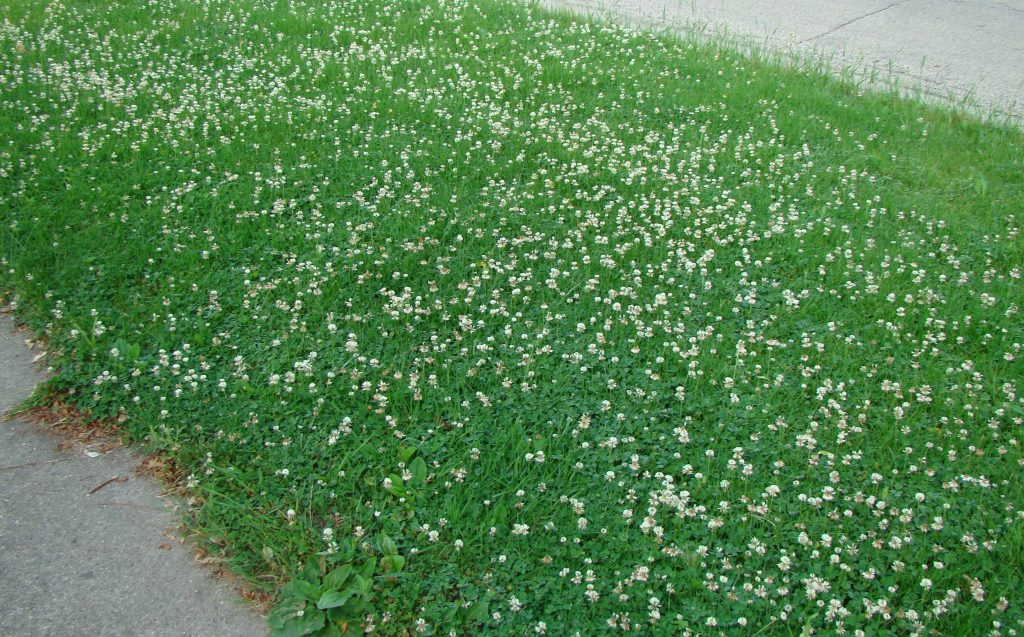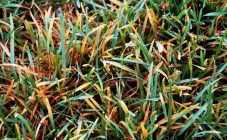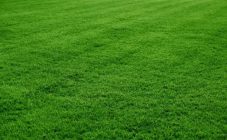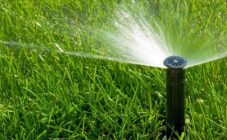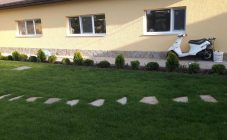Content:
Clover is one of the most common plants that have been beneficial to people since ancient times. It stands out among the rest with its special beauty and sophistication.
Clover is a perennial herb from the legume family. Slender but branched stems reach a height of 20 to 50 cm, depending on the variety and climatic conditions. The bright green leaves consist of three small leaves: the lower ones are attached to long shoots, and the upper ones are attached to short stems. The root system of these plants is well developed. There is one main root and many adventitious roots with tubers at the ends. There are about 300 types of clover. The most common among them are red (meadow), white (creeping) and pink clover.
Using clover
- Medical applications. It is an anti-inflammatory and wound-healing agent. Teas, infusions, vitamins, essential oil and much more are obtained from it.
- The honey obtained from it belongs to the best varieties.
- They are used in the production of food (salads, bread sauce, etc.).
- Valuable forage grass.
- It is used in landscape design (lawns and flower beds).
Clover grows in many places: in the fields, in gardens, meadows, open grassy areas. The plant is not demanding on growing conditions, it can bloom from the very lowlands to places high above sea level.
White (creeping) clover
To create a blooming lawn, it is the seeds of white clover that are used, which are a low-growing climbing plant with spectacular white flowers. It spreads well over the ground and creates a single soft and dense turf. Doesn't need special care. It can go for weeks without watering and easily tolerates dry periods. Compared to other types, it is very durable. Its age can reach 10 years.
How to collect white clover seeds for your lawn yourself:
The collection is carried out necessarily in dry weather. Clover is mowed and then collected in bouquets. Then they are hung upside down, having previously spread a dense fabric on the floor or ground. It is better to choose a dark, ventilated place. When the seeds are dry, they will spontaneously fall onto the litter. Then they are cleaned and sorted. Store seeds in dry cardboard boxes. It is also possible to initially place the torn heads on the underlying fabric. And then dry and thresh with a rubber tube. It is allowed to simply grind the heads with your hands, and only then dry them out. If the collection volumes are large, then storage is organized in bags.
Red clover
Of all the existing ones, the most famous red clover.The plant has an increased resistance to drought and low temperatures due to strong roots that penetrate deep into the soil up to 2 meters. Red clover seeds are enclosed in a pod, which has one or more rarely two seeds. In the first year of life, clover develops slowly. To protect it from weeds, it is sown on separate fields. Specialized farms for the production of seeds have been created. In the fall, fertilizing with phosphorus-potassium fertilizers must be done, which increases frost resistance and seed yield. The assembly uses the direct combining method.
How to harvest clover seeds for next season's lawn planting
- When picking by hand, only large ripe heads should be removed.
- Protect seeds from direct sunlight
- It is imperative to calibrate the seeds, even if they do not differ in size
There is no doubt about the demand for this plant. It is possible to prepare seeds and grow clover on your own, following simple recommendations. We hope this article will help you navigate this topic and get good yields in the future.
